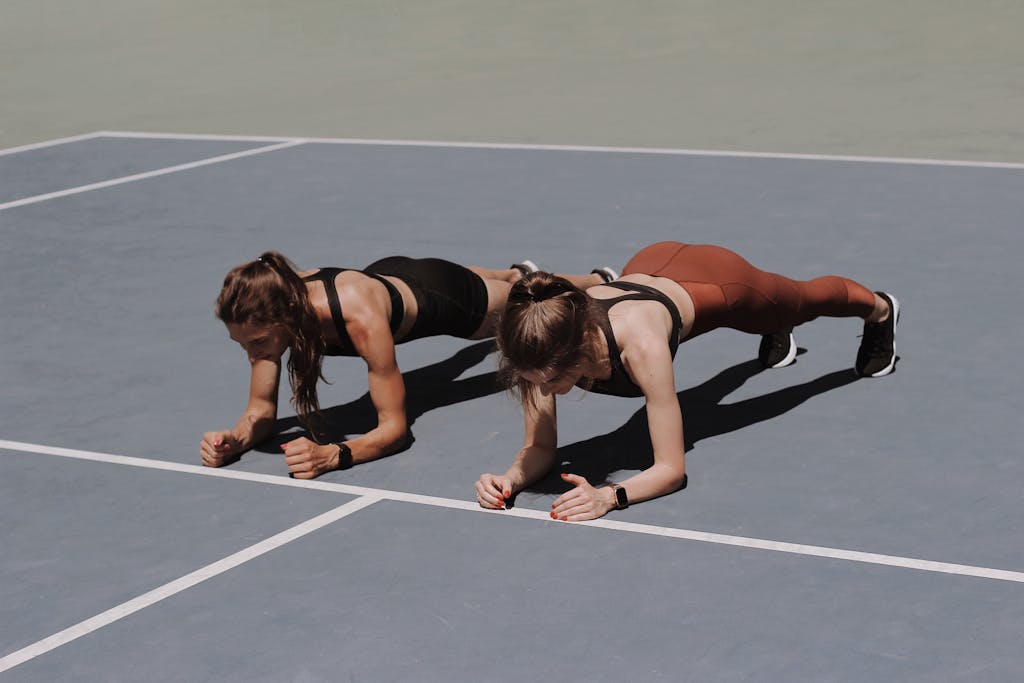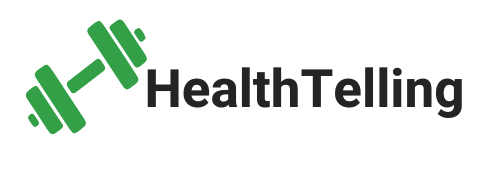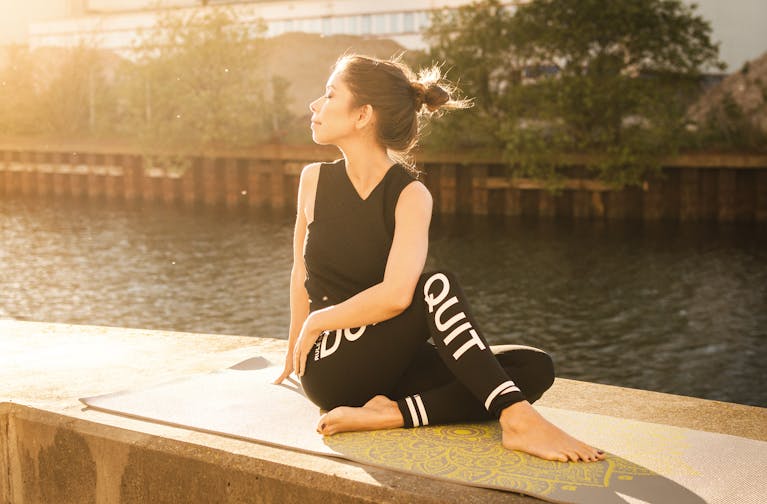Calisthenics Workouts: The Zero-Equipment Way to Build Strength and Confidence

Forget fancy gyms and complicated machines. If you’ve got a floor and your body, you’ve got everything you need to get strong, mobile, and energized. Welcome to the world of calisthenics—a workout style rooted in simplicity, but powerful enough to change the way you move and feel.
Whether you’re brand new to working out or looking to shake up your fitness routine, calisthenics meets you where you are. It’s not just a way to exercise—it’s a way to build real, functional strength that shows up in everyday life.
Let’s break it down: what calisthenics is, why it works, how to get started, and a full-body beginner-friendly routine you can do anywhere.
What Is Calisthenics?
Calisthenics is a form of strength training that uses your body weight as resistance. Think push-ups, squats, lunges, planks, and pull-ups. These are the foundation of calisthenics—and you’ve probably done more of it than you think.
Unlike weightlifting, which often isolates individual muscles, calisthenics movements tend to be compound exercises—engaging multiple muscle groups at once while challenging your coordination, balance, and mobility.
Why Calisthenics Works (and Why I Love It)
As a physical therapist and someone who’s trained across a lot of fitness disciplines—including CrossFit and marathon running—calisthenics remains one of my favorite ways to build strength. Here’s why:
- It’s functional. These movements translate directly to everyday life—like getting off the floor, climbing stairs, carrying groceries, or catching your balance.
- It’s joint-friendly. You control the movement patterns and range of motion, reducing risk of injury with proper form.
- It builds serious core strength. Almost every move requires core engagement, not just “ab work.”
- It travels well. No gym? No problem. You can do it at home, in a park, or in your hotel room.
- It scales with you. Whether you’re a beginner or an athlete, you can make calisthenics harder or easier with simple progressions.
Bottom line: it’s accessible and effective, especially if you’re looking to build strength, mobility, and confidence without overcomplicating your routine.
Is It Good for Building Muscle?
Yes—but with a caveat. Calisthenics can absolutely build lean muscle, especially for beginners or those returning to fitness. That said, progressive overload is key. If you’re always doing the same workout, your results will plateau.
Luckily, there are dozens of ways to increase difficulty in calisthenics:
- Adding time under tension
- Increasing reps or sets
- Shortening rest periods
- Exploring advanced variations (e.g., archer push-ups, pistol squats, wall walks)
With consistency and progression, you can build an incredibly strong, capable body with nothing but gravity.
Key Calisthenics Movements to Master
Here are the foundational exercises to focus on. Learn these first and build from there:
Push Movements (Upper Body Strength)
- Push-ups (regular, incline, decline)
- Triceps dips (off a bench or step)
- Pike push-ups (shoulder-focused)
Pull Movements (Back and Biceps)
- Inverted rows (under a sturdy table or bar)
- Pull-ups or assisted pull-ups (bands, jump-ups + negatives)
- Superman holds (posterior chain activation)
Squat & Lunge Variations (Leg Strength and Balance)
- Bodyweight squats
- Split squats
- Step-ups
- Reverse lunges
Core Work (Stability & Control)
- Planks (front and side)
- Dead bugs
- Hollow body holds
- Mountain climbers
Beginner Calisthenics Full-Body Routine (No Equipment)
You can do this workout anywhere. It targets all major muscle groups and focuses on control, form, and function. Aim to complete 2–3 rounds with 30–60 seconds rest between sets.
Warm-Up (5 minutes):
- Arm circles: 30 seconds each direction
- High knees: 1 minute
- Bodyweight squats: 15 reps
- Cat-cow stretches: 1 minute
- Shoulder rolls: 30 seconds
Workout:
- Incline Push-Ups (hands on a bench or wall) – 10–12 reps
Builds upper body strength without straining the shoulders. - Bodyweight Squats – 15 reps
Focus on depth and control. Don’t rush. - Glute Bridge Holds – 30 seconds
Activates glutes and hamstrings while engaging your core. - Dead Bug – 8 reps per side
Great for learning how to brace your core and stabilize the spine. - Inverted Row (under a table or low bar) – 6–8 reps
If you can’t do these, sub in superman holds to build posterior strength. - Wall Sit – 30 seconds
Leg strength and endurance meets mental grit. - Side Plank (each side) – 20–30 seconds
Strengthens obliques and shoulder stabilizers.
Tips for Staying Consistent
Here’s what I tell my clients when they’re starting a new strength routine—especially one that doesn’t involve a gym:
- Start small. Two 20-minute sessions a week is a great place to begin.
- Film yourself occasionally. It helps with form correction and progress tracking.
- Write down your reps and sets. You’ll want to track when to level up.
- Stretch afterward. Calisthenics can tighten up hips, chest, and wrists if you skip recovery.
And most importantly, give it time. You might not feel sore after your first few sessions—but that doesn’t mean it’s not working. Calisthenics builds strength from the inside out, and you’ll notice it most when your daily movements start to feel easier.
How to Progress Over Time
Here’s how to challenge yourself once the beginner routine feels doable:
- Add more reps or sets. Go from 2 rounds to 3 or 4.
- Slow down your tempo. Try 3-second descents on push-ups and squats.
- Try harder variations. Go from incline push-ups to floor push-ups, or from bodyweight squats to split squats.
- Play with balance. Calisthenics has lots of single-leg and one-arm options once you’re ready.
Remember: this isn’t about doing handstands or muscle-ups (unless that’s your goal). It’s about moving better, building control, and getting stronger with each session.
Final Thoughts: Why Calisthenics Is Worth Your Time
You don’t need a gym membership to get strong. You don’t need a perfect program or a lot of time. What you do need is consistency, curiosity, and a willingness to show up—even for 15 minutes.
Calisthenics offers more than just physical results. It gives you a sense of mastery over your body. It helps you trust your strength, even when life gets busy or routines change.
So if you’re feeling stuck, overwhelmed, or intimidated by fitness culture, try coming back to the basics. Your body is enough. And you’ll be amazed by what it can do.






